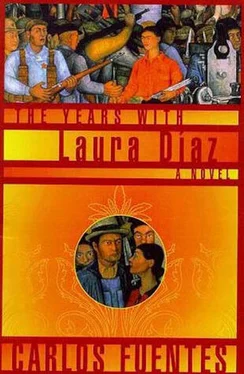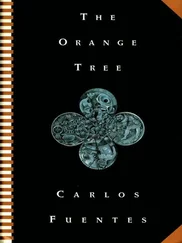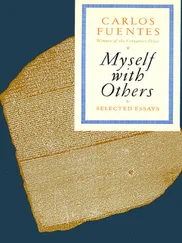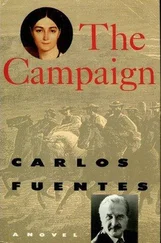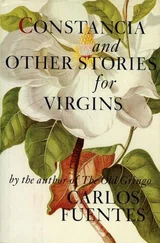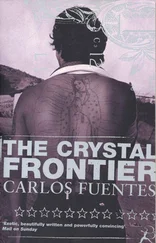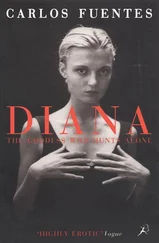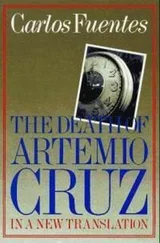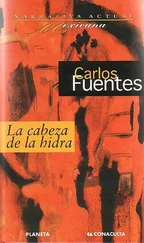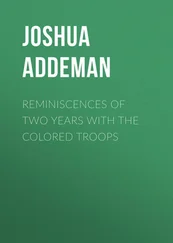But Laura Díaz’s favorite exile was a young woman whom Danton mentioned as having been the most interesting feminine presence in the Jockey Club in the 1940s. She lived with her husband, the poet and filmmaker Garcia Ascot, in a strange building at right angles to Villalongin Street, and her beauty was so perfect that Laura despaired either of finding her bad side or of being able to capture in one or a thousand photographs the charms of this fragile, svelte, and elegant woman, who walked around her house barefoot like a cat, followed by another cat that posed as her mistress’s double, both desired and envied by the entire feline race because of her aggressive profile and weak chin, her melancholy eyes and irrepressible, all-inclusive laugh.
María Luisa Elío had a secret. Her father had been in hiding since 1939, living in an attic in a village in Navarre, under sentence of death from Franco’s Falange. She could not speak of it, but her father dwelled in his daughter’s gaze, in her fabulously clear eyes, thanks to the pain, the secret, the wait for the phantom who might finally, one day, escape from Spain and show up in Mexico and for his daughter as what he was: a ghost incarnate and an oblivion remembered from an empty balcony.
Another ghost — carnal, this one, all too carnal, but in the end steadfast in the sensuous specter of his words — was Luis Cernuda, an elegant homosexual gentleman who would appear in Mexico City from time to time, who was always received by his colleague Octavio Paz, with whom he fought, his arrogance being outrageous while Paz’s was deceptive, but with whom he always in the end reconciled because of their shared poetic fervor. A consensus gradually formed: Luis Cernuda was the greatest Spanish poet of his generation. Laura Díaz tried to keep her distance from him, the better to see him stripped of the appearance (or disguise) he affected of a Madrid dandy. She asked him to read:
I want to live when love dies …
Just as your death awakens my desire for death
Just as your life awakened my desire for life
She missed Basilio Baltazar, but they kept missing each other — the dates of Laura’s shows didn’t coincide with Basilio’s university vacations, so Laura would hang an empty frame in the center of the exhibit with the name of her old friend next to it.
His absence was also homage to the absence of Jorge Maura, whose distance and anonymity Laura decided to respect, it being the wish of the man she’d loved most. Perhaps Basilio couldn’t appear among the portraits of Spanish exile without his comrade Jorge.
And Vidal? He wasn’t the only one who’d disappeared.
Malú Block, the gallery director, told Laura that something strange was going on. Every afternoon at around six o’clock, a woman in black would come to the gallery and stay for an entire hour — not a minute more, not a minute less, even though she never looked at her watch — opposite the empty frame for Basilio Baltazar’s missing portrait. Almost immobile, she would sometimes shift her weight from one foot to the other or she would step back a centimeter or turn her head, as if to formulate a better appreciation of what wasn’t there: Basilio’s effigy.
Laura hesitated between giving in to natural curiosity and being discreet. One afternoon, she went to the gallery and saw the woman in black standing opposite the empty frame. She didn’t dare approach her, but the woman herself, the mysterious visitor, half turned, as if attracted by the magnet in Laura’s eyes, and allowed herself to be seen: a woman about forty years old with blue eyes and long sandy-yellow hair.
She looked at Laura but didn’t smile, and Laura was grateful for the woman’s imperturbable seriousness because she feared what she might see if the enigmatic visitor opened her mouth. Such was the cold and nervous style of this visitor: she tried to hide the emotion of her gaze but did not quite succeed. She knew it and transferred the enigma to her mouth, closed in sorrow, sealed with manifest difficulty in order not to show … Her teeth? Laura wondered. Does this woman want to hide her teeth from me? If she could only be identified by her eyes, Laura Díaz, accustomed to discovering eyes and making them into metaphors, saw in them instantaneous moons, torches of straw and wood, lights on the mountain — and she stopped, biting her lower lip, as if to restrain her own memory, so as not to remember those words as spoken by Maura, Jorge Maura, in the Café de Paris almost twenty years before, with Domingo Vidal and Basilio Baltazar, the three of them safe in that bohemian setting on Avenida Cinco de Mayo yet at the same time exposed to the most brutal storms, like the hyenas and oxen and wind and lights on the mountain, whenever they opened their mouths.
“I am Laura Díaz. I took these photographs. May I assist you?”
The woman dressed in black turned to look at the empty frame where Basilio’s portrait should have been and told Laura, If you know this man, tell him I’ve returned.
She smiled then and showed her savagely ruined teeth.
22. Plaza Río de Janeiro: 1966
LAURA DÍAZ’S GRANDSON, SANTIAGO López-Ayub, and his girlfriend, Lourdes Alfaro, came to live with her at Christmas in 1966. The apartment was old but spacious, the building itself a relic from the previous century that had survived the implacable transformation of Mexico City, from the town of pastel colors and two-story buildings which Laura first saw when she arrived as a new bride in 1922, to what it was now, a blind giant, growing and destroying everything in its path, demolishing the nineteenth-century French architecture, the eighteenth-century neoclassical architecture, and the seventeenth-century baroque architecture. In some sort of grand regressive reckoning, the past was being burned away until there appeared, pulsing like a forgotten, awful, painful wound, the very sediment of the Aztec city.
Laura was not merely ignoring the impudence of her generous, though hardly disinterested, son Danton when she rejected his help and set herself up in the old building on Plaza Rio de Janeiro, adapting the flat to her work needs — with living space but also a darkroom, an archive, space for her illustrated reference works. She had, for the first time in her life, the famous “room of one’s own” that Virginia Woolf had said women deserved so they could have their sacred zone, their minimal redoubt of independence: a sovereign island of their own.
After she’d left the family house on Avenida Sonora and grown accustomed to living alone and free as she went from being fifty-nine to being sixty-seven with a profession and a livelihood, gratified by fame and success, Laura did not feel threatened by the renewed youth Santiago and Lourdes offered her, and she was pleased by how easy it was for the three of them to share household chores, by the understandable but unexpected richness which their after-dinner conversations developed, by the sharing of their experiences, desires, and similar tastes that living together afforded them right from the first moment the third Santiago appeared at Laura’s door and said, Grandmother, I can’t live with my father anymore and I don’t have enough money to live alone and take care of my girlfriend.
“Hello. Let me introduce myself. I’m your grandson Santiago, and this is my girlfriend, Lourdes, and we’ve come to ask you to put us up.” Santiago smiled with Danton’s strong, white teeth but with his uncle’s sweet, melancholy eyes. He had an elegant, even excessive way of moving, too, that reminded Laura of the dissimulating affectation of the Scarlet Pimpernel of the Revolution in Veracruz, Santiago the Elder.
Lourdes Alfaro by comparison was modestly beautiful and dressed the way all young people dressed nowadays, in pants and a T-shirt — one day with the face of Che Guevara, Mick Jagger the next — a long mane of black hair and no makeup whatsoever. She was small and shapely, a “tiny mistress full of virtues,” an epithet which, Laura recalled, Jorge Maura used to quote from the medieval Archpriest of Hita’s Book of Good Love when he teased her about her own Teutonic stature.
Читать дальше
